QuestionHello Jill,
I just adopted a two and a half year old female, spayed english bulldog. she is a wonderful dog but is scared of the world. She is comfortable in my back yard, but generally does her business and wants to go right back inside. She is also afraid of loud noises. She is great with people, other dogs and even cats. She was the same way with her foster family for the last three months, she goes to the bathroom outside and wants to run right back in. She doesn't seem tremendously scared of being in my yard, she will wonder around a little bit finding a good spot to do her thing, but when she's done she just wants to get back in the house quickly. She won't even walk up the driveway or into the front yard, she's only comfortable in the back yard. She has only been with me a few days so I'm sure she will warm up a little more with time but her foster family told me she was always scared of the outside world for the three months that they had her. She was the same way in their yard. Also, they could get her in their car, but she doesn't like to get out at a foreign place, and immediately wants to get back in the car. My concern is that I want her to have more positive physical and mental stimulation. I would like to be able to play with her in the yard and my real goal is to be able to take her to the local park which is quiet and huge, a great place for her to get some exercise and stimulation, but I'm not sure of the best way to achieve that goal, I don't want to scare her more or cause her bad experiences that would make it even harder to get her in the car or to the park. I would let her be just the way she is and adjust to her current needs, but I really feel she could have a more fun, stimulating and fufilling life if I can figure out the best way to get her feeling more comfortable out in the yard and eventually going to the park. She doesn't have a large area to play inside or a ton of things inside to stimulate her and she is a big muscular girl about 65 pounds (and in great shape). She does like chew toys and balls, she will fetch a little bit inside sometimes, but I can't get her interested when we're outside. Any advice on a good method to help her with her fear of the outside world? At least techniques I can try to get her more comfortable spending time in my yard, getting her in the car and also working with her at the park?
Thank you very much,
Carl
AnswerDogs read the body language of humans and it often carries unspoken intention. Foster homes are not forever; even subtly, people can give a foster dog the clear signal that it is not a lifetime situation. That "sixth sense" isn't imaginary, it's part of the manner in which species interact on a not fully conscious level and animals other than ourselves are far more adept at it. It's possible your new dog got that "message" from her foster home and never really settled down. She will need several months of calm, consistent and patient interaction with you in order to feel comfortable and fully adjust to her new forever home. I wouldn't push things right now, but rather allow her to acclimate to her new schedule, the new people in her life, her new rules and routines. Just let her be herself for the next few weeks. She isn't playing with toys outdoors because she is stressed and fearful outdoors. Perhaps someone locked her outside or, worse, took her somewhere and dumped her, forcing her to be alone and frightened. Being inside is "safe"; being outside is risky, anything might happen. As she becomes more trusting of you and of her situation in your home, you can attempt to spend short intervals with her outdoors on very long training lead; introduce some play training out there or a special toy (kong or other such round object that can be stuffed with a treat). But don't force her to remain outdoors against her will; on long leash, if she heads for the back door (which you should leave open for these outings), let her go inside. You can remain seated nearby (even on the ground or on the steps) playing with the toy, whistling and otherwise appearing happy and carefree. One day, she will come back out to join you, and then you can spend more time play training outdoors in your back yard, bring her slowly into the front yard, and observe how eager she is to participate in play training. When the dog shows interest in a happy activity instead of hesitancy or fear, she's ready to go elsewhere. Introduce every new environment slowly; do not comfort the dog if she shows fear; verbally reward and give food treat for every confident move she makes forward, and give it plenty of time.

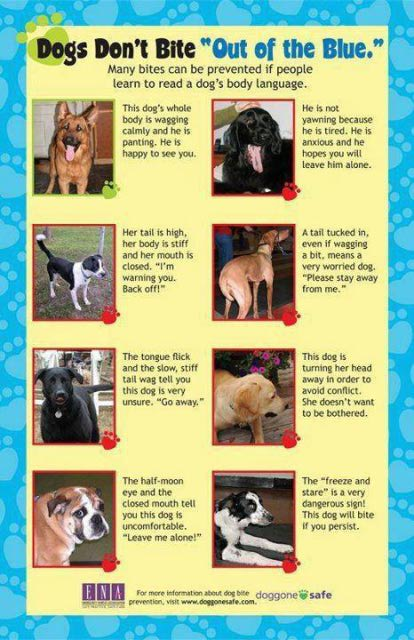 Is this aggression, dominance, or play?
QuestionQUESTION: I have a question regarding doggy beh
Is this aggression, dominance, or play?
QuestionQUESTION: I have a question regarding doggy beh
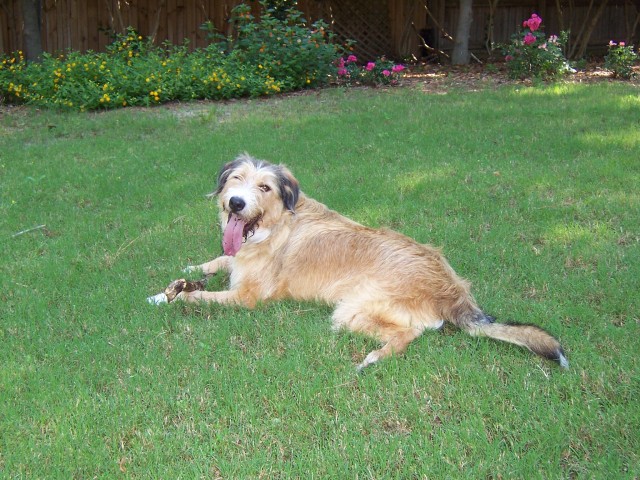 anxious dog
Question
Louie
Hi, We adopted a 2 year old male A
anxious dog
Question
Louie
Hi, We adopted a 2 year old male A
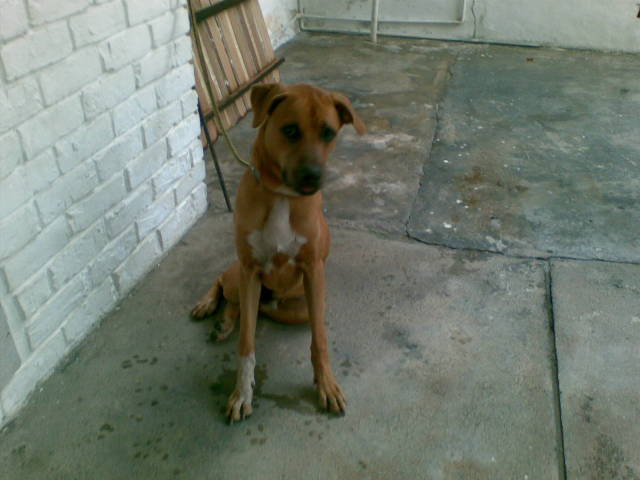 dogs behaviour
QuestionMy 8 months old Dusto
QUESTION: My puppy
dogs behaviour
QuestionMy 8 months old Dusto
QUESTION: My puppy
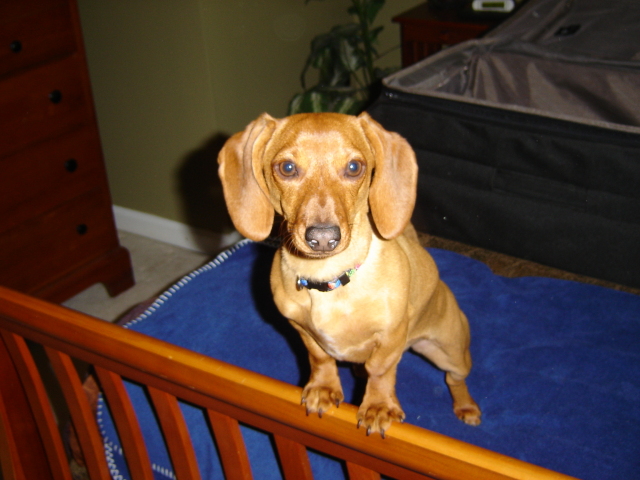 Mini Daschund with anxiety issues
QuestionAbigayle
QUESTION: I have a 3 1/2 yr old
Mini Daschund with anxiety issues
QuestionAbigayle
QUESTION: I have a 3 1/2 yr old
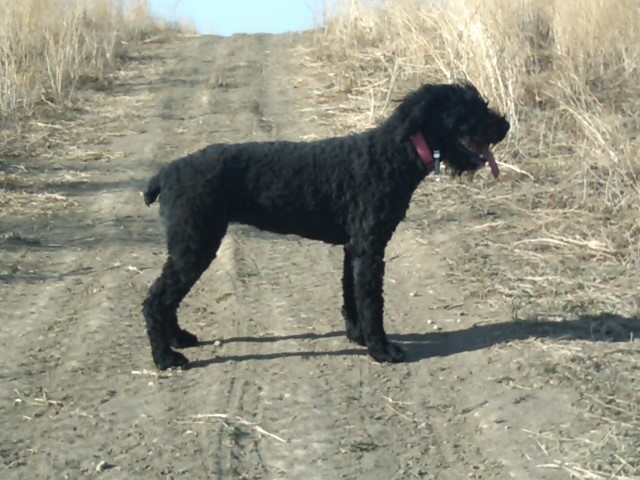 I was riding my bicycle when my 1yr old Bouvier bit my leg
Question
Pup
Hello, I have a 1yr old intact Bouvier bit
I was riding my bicycle when my 1yr old Bouvier bit my leg
Question
Pup
Hello, I have a 1yr old intact Bouvier bit